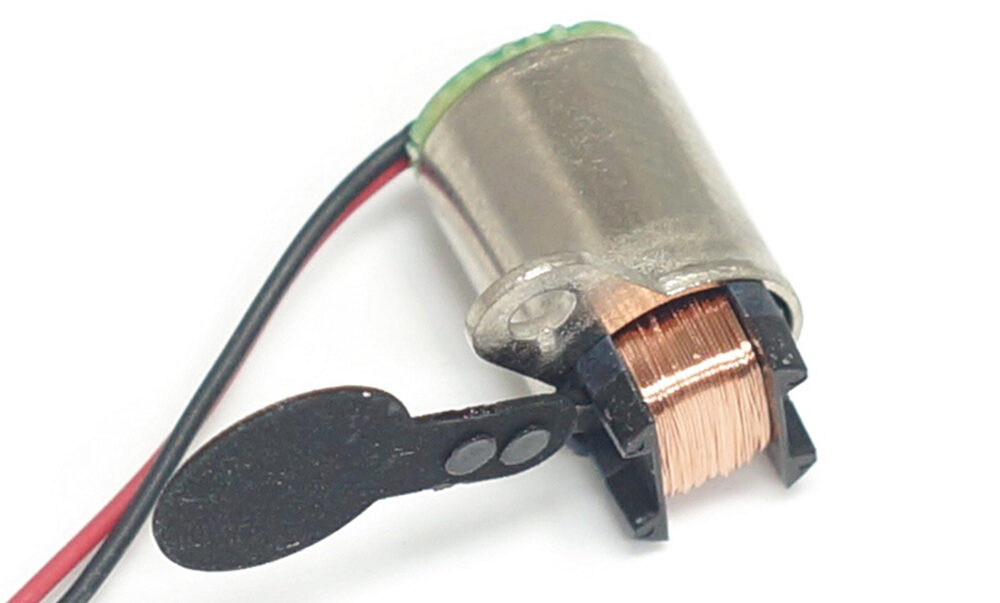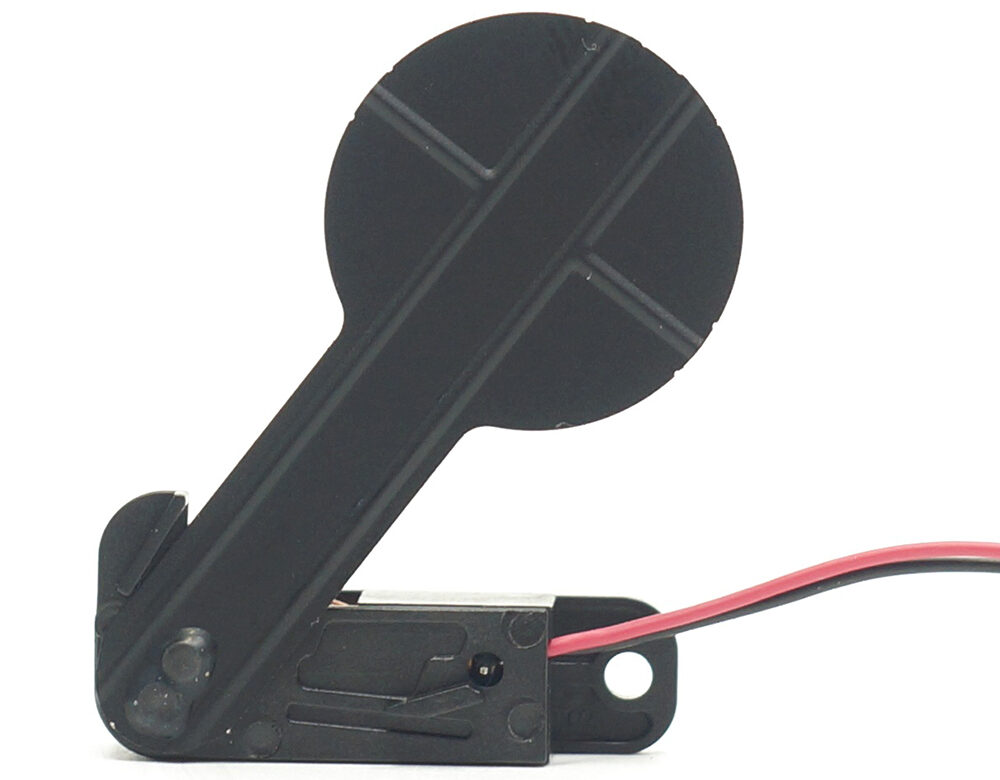In infrared thermal imaging products, there is a crucial component — the blade shutter. Its role is not only to eliminate temperature offset but also to directly impact temperature measurement accuracy. Additionally, it is closely related to the performance of the detector. Today, we will discuss in detail the function of the blade shutter, its importance, and the differences between products with or without a blade shutter in the market.

1. What is the Function of the Blade Shutter?
The blade shutter is typically installed between the lens and the detector, and it opens at set time intervals. The primary role of the blade shutter is to calibrate the detector, addressing its measurement deficiencies. Due to limitations in the processing and manufacturing technology of infrared thermal imaging products and detectors, both in domestic and international low- to mid-range products, they cannot self-adjust to environmental changes in temperature and humidity. Therefore, during operation, especially when environmental conditions change, the blade shutter plays a vital role by resetting the detector’s parameters for temperature measurement and image calibration.
Without a blade shutter, the image will be blurred, making proper imaging impossible and significantly affecting the product’s performance.

2. What is the Difference Between Products With and Without a Blade Shutter?
1. Infrared Thermal Imaging Products Without a Blade Shutter
For infrared thermal imaging products that do not have a blade shutter, the requirements for the detector’s performance are very high. The detector must be capable of self-adjusting to environmental changes, and it requires high-performance software and image processing algorithms. These requirements result in higher costs and longer development cycles for such products.
2. Infrared Thermal Imaging Products With a Blade Shutter
On the other hand, infrared thermal imaging products with a blade shutter are simpler in design. They rely on a driver circuit to control the blade shutter for periodic zeroing calibration. These products not only improve temperature measurement accuracy but also use simple circuits to automatically open or close the blade shutter. As a result, products with a blade shutter tend to be more cost-effective, and their design and manufacturing processes are simpler.
3. Market Application and Reality
As mentioned, infrared thermal imaging products without a blade shutter require high-performance detectors, along with advanced software and image processing capabilities. This makes their development more costly and time-consuming. Therefore, most products on the market still use the blade shutter solution. Products with blade shutters can achieve zero calibration through periodic operations with simple circuits, improving temperature measurement accuracy and delivering clearer images.
In terms of market prevalence, products with blade shutters are more common, as they offer a better balance of cost, performance, and ease of use.
4. Conclusion
In conclusion, the blade shutter is an essential component for infrared thermal imaging products. It not only effectively eliminates the influence of environmental changes but also helps improve temperature measurement accuracy and image clarity. For those seeking more cost-effective solutions, infrared thermal imaging products with blade shutters are undoubtedly a more practical choice.
Shenzhen Kuyang Electronics specializes in providing various standard blade shutters, infrared shutters, and custom shutter solutions. We look forward to collaborating with you to enhance product performance and reduce development costs.
Contact us today to learn more!
